
Badgers: what do they eat? And other facts
Helen Keating • 27 Aug 2019
Get advice on their feeding habits, from nuts to mealworms, and other top facts.
Find out moreBig families, big appetites and big personalities. Badgers are a wood's ruling clan, often occupying the same sett for generations and laying a network of well-trodden paths through the undergrowth. They’re playful, house proud and expert foragers.
Common name: badger
Scientific name: Meles meles
Family: Mustelidae
Habitat: broadleaved woodland, farmland, towns and gardens
Diet: worms, invertebrates, small mammals, fruit
Predators: adults have no predators; cubs sometimes taken by foxes and large birds of prey
Origin: native
With its characteristic black and white-striped face, grey fur and short furry tail, the badger looks like no other UK mammal. Stocky, powerfully-built creatures, they typically weigh 10–12kg, with a body length of about 90cm. This makes them the biggest land predator in the UK.
Badgers are omnivores, which means they will eat a wide range of food. Around 80% of a badger’s diet is made up of earthworms – they can eat hundreds of them in a single night – but they also eat slugs and other invertebrates.
Fruit features in the badger's diet too, including pears, apples, plums and elderberries. Elder bushes can often be found growing near badger setts. When earthworms are scarce, badgers will eat small mammals like voles and rabbits. They are also the main predator of hedgehogs in the UK. Badgers locate food using their keen sense of smell and sharp claws that are ideal for digging.

Helen Keating • 27 Aug 2019
Get advice on their feeding habits, from nuts to mealworms, and other top facts.
Find out more
Credit: Kevin Keatley / WTML
Badgers live in social groups, typically made up of around four to seven individuals. Mating occurs year-round, predominantly between February and May. During courtship, the male badger will pursue the female, biting the nape of her neck.
After mating, a process known as delayed implantation occurs. This means cubs will not be born until January or February, regardless of when mating took place. Youngsters will stay underground for around two months before first emerging. Cubs typically reach maturity at just over one year old. Some will stay with the family, while others will disperse to find new territory.
Badgers clean out their sleeping areas, dragging out old hay, bracken, grass and anything they’ve used as bedding by carrying it under their chin. This prevents a build-up of fleas and lice.
Badgers are found across the UK, with the highest numbers in southern England. Ideal badger habitat is a mixture of woodland and open country.
The species lives in a network of underground burrows and tunnels know as a sett. Each badger territory will include a main sett and several smaller outlying setts. The main sett is the group’s headquarters, where they spend most of their time and rear their young. Outlying setts are smaller and provide a safe place to retreat to if needed when badgers are out foraging. Setts tend to be located in the shelter of woodland, with the badgers emerging at night to forage in fields and meadows.
Though not as common as urban foxes, badgers can also survive in towns and cities, providing there is suitable cover in which to dig their setts, and nearby gardens and parks where they can hunt for food.
Badgers are strictly nocturnal and extremely wary of humans. Follow our spotting tips for your best chance of sighting them.
Historical persecution means badgers are now fully protected by law. This has helped the UK population to grow, roughly doubling since the 1980s. However, many badgers are killed by cars and illegal persecution does still occur.
There are also concerns by some that badgers are responsible for spreading bovine tuberculosis to cattle. This has led to badger culls taking place in certain areas.
Learn how to track elusive woodland animals with our poos and clues swatch book
Buy it now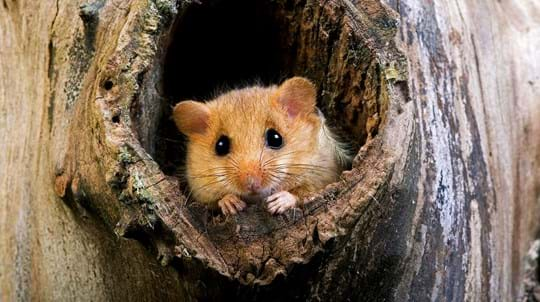
Trees woods and wildlife
Trees and woods provide a stable habitat and food supply for many mammals. What will you spot?
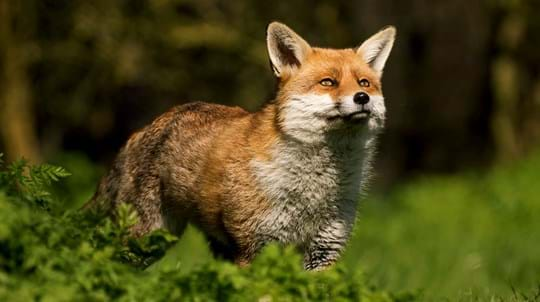
Trees woods and wildlife
Ever adaptable, the fox sits top of the woodland food chain with a diet that takes in everything from birds and beetles to rabbits and rats. Find out what foxes eat, how they breed and how to spot them.
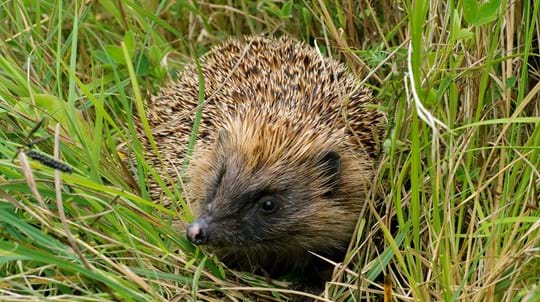
Trees woods and wildlife
Sleepy, cute, truly iconic. One of the UK’s best loved mammals, hedgehogs rely on hedgerows and woodland edges for food and shelter. Find out what they eat, where they live and how to spot them.
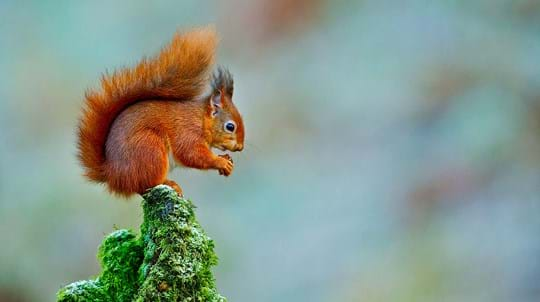
Trees woods and wildlife
The flash of a red squirrel leaping from branch to branch is an unforgettable, but increasingly rare sight in UK woods. Find out all about it, from how it breeds to what it eats.
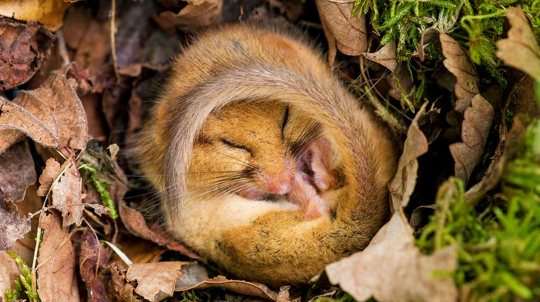
Trees woods and wildlife
Sleepy, charming, undeniably cute. Find out where hazel dormice live, what they eat and how they breed.